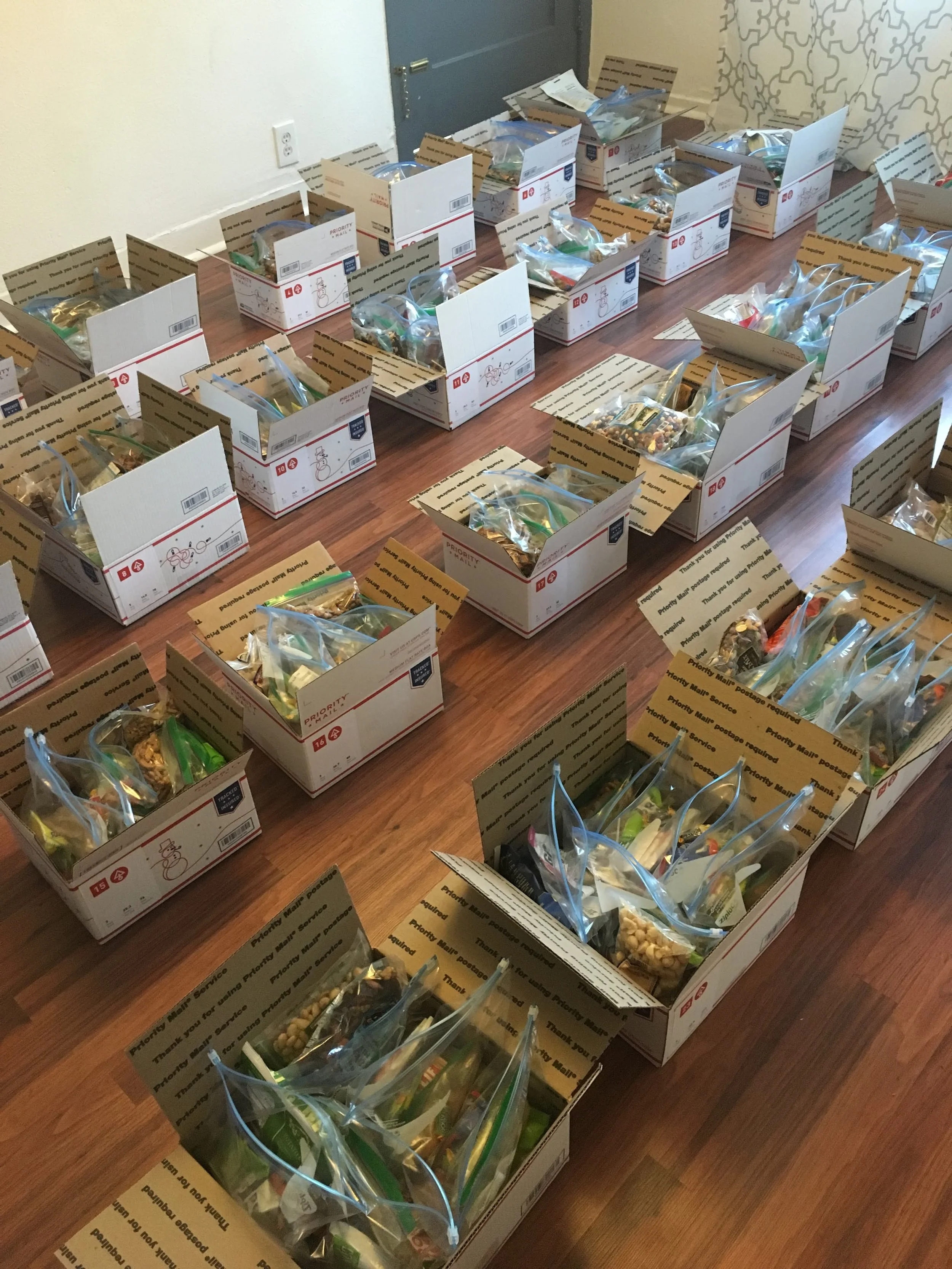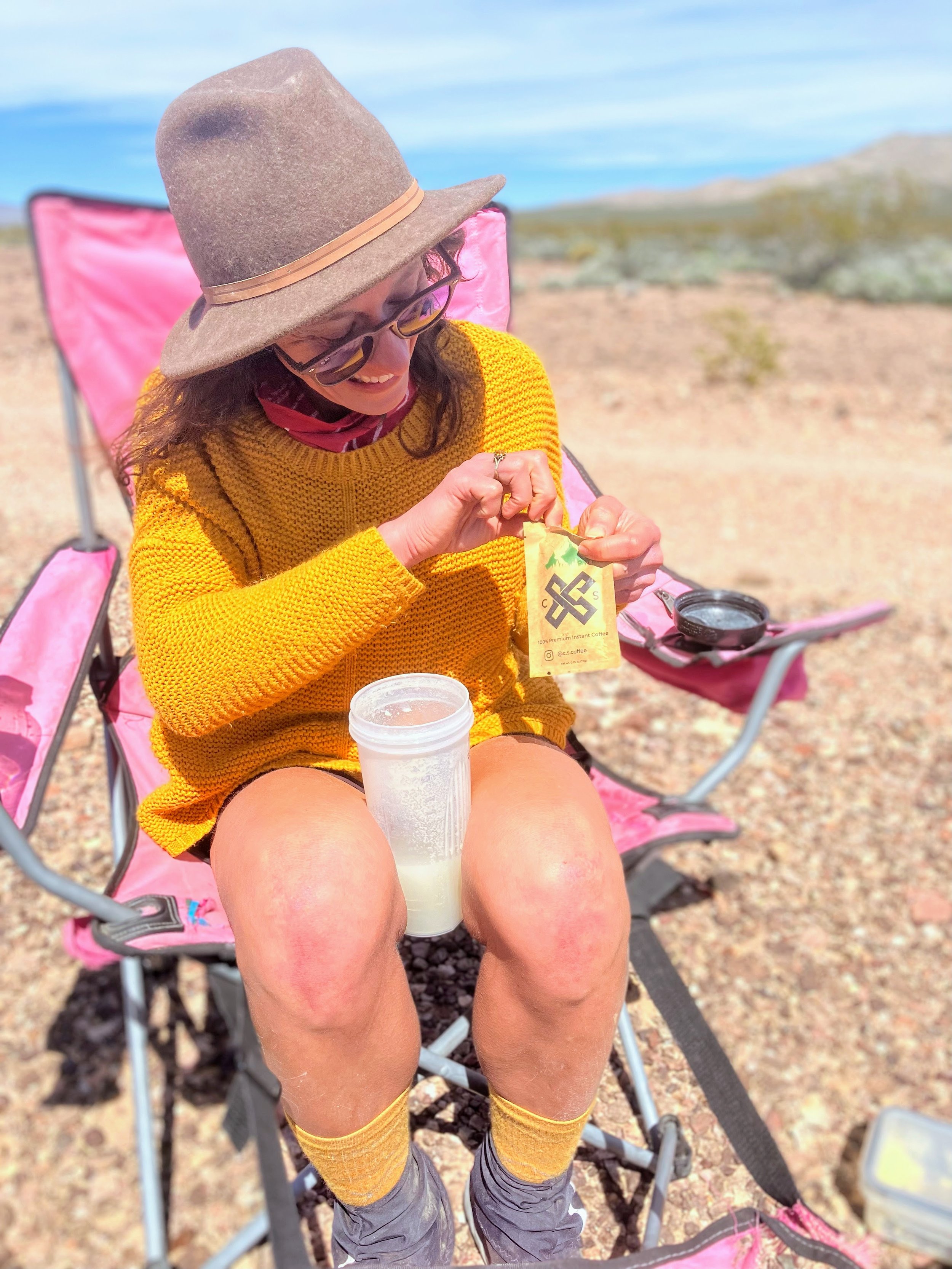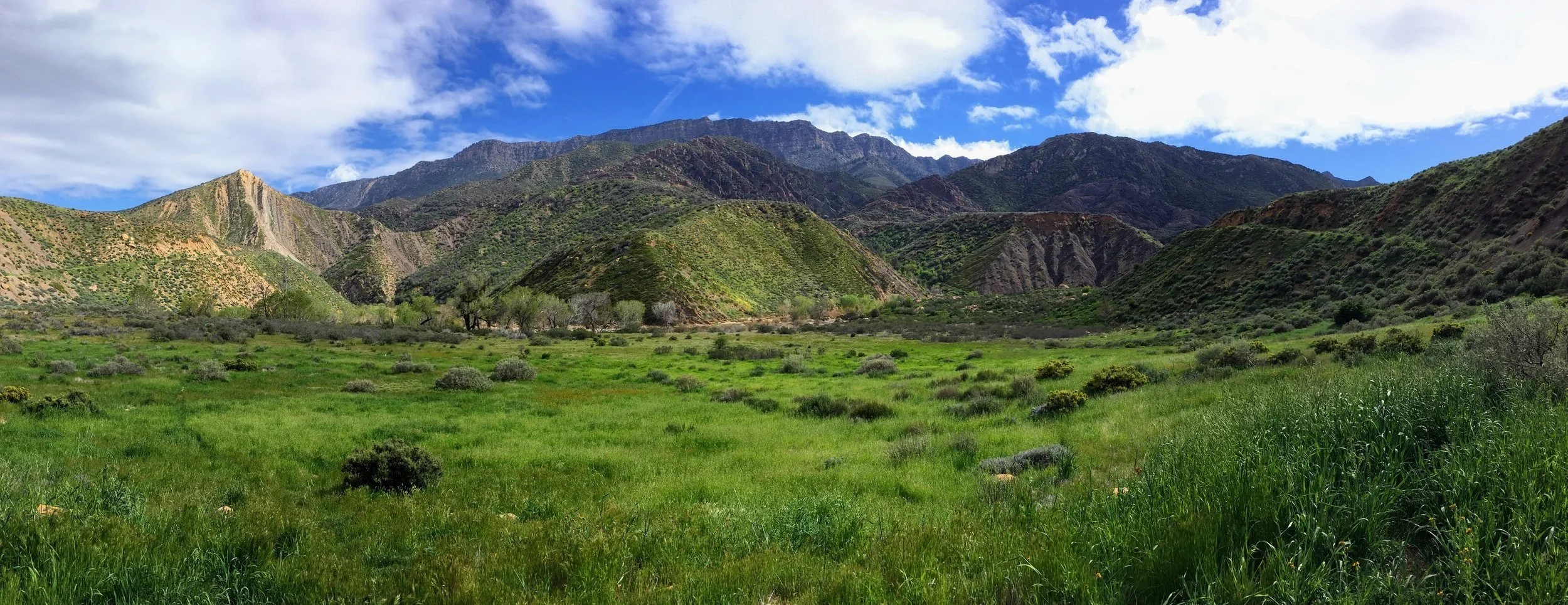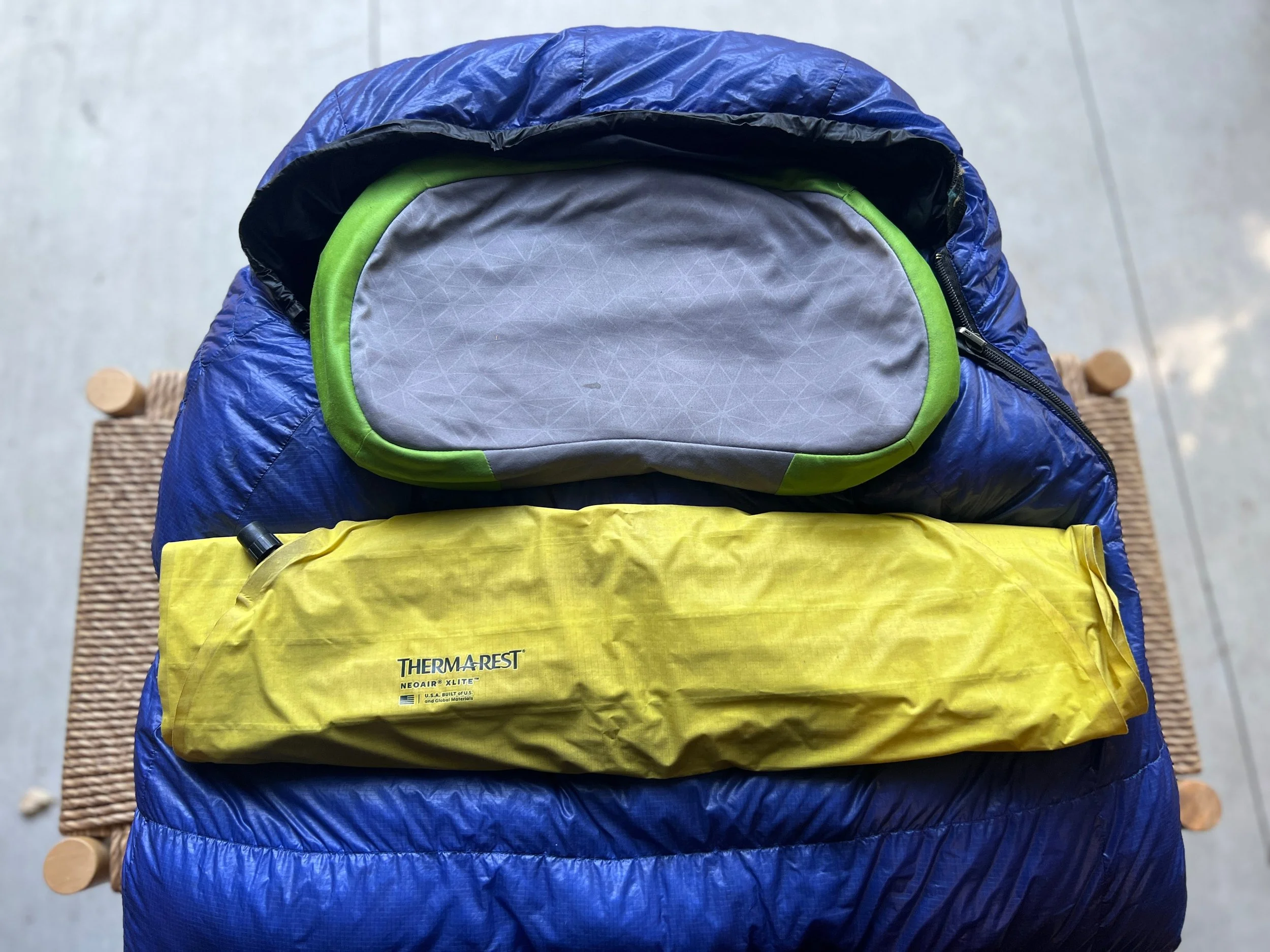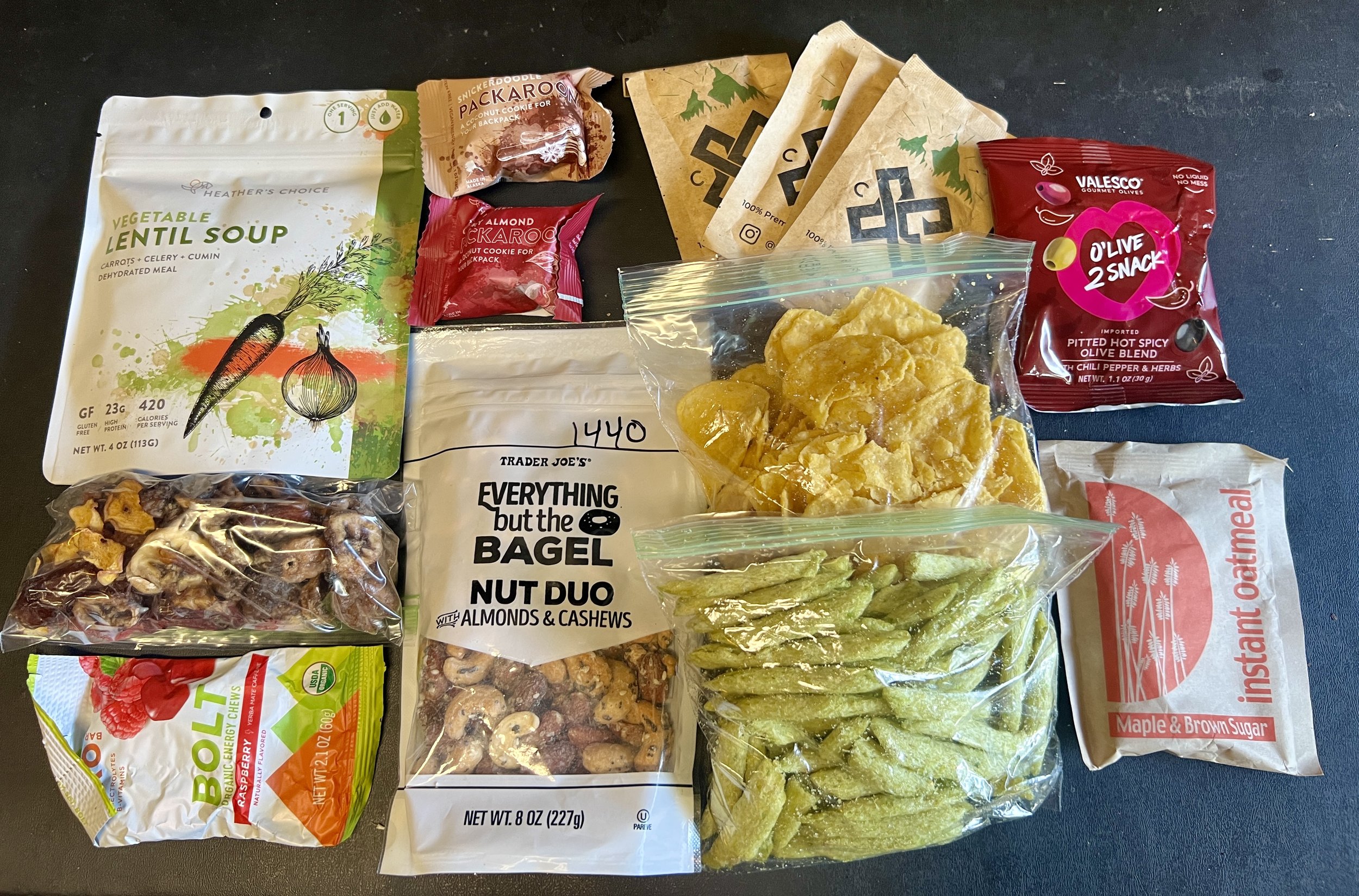The Condor Trail is a 400-mile thru-hiking route that connects the northern and southern parts of Los Padres National Forest. Starting at Lake Piru on the border of Los Angeles and Ventura Counties, it stretches north to Botchers Gap just south of Monterey. Designed to highlight the unique beauty of Los Padres National Forest and the Central Coast of California, the trail winds through rugged backcountry areas in Ventura, Santa Barbara, San Luis Obispo, and Monterey Counties. Rather than being one continuous path, the Condor Trail is a network of smaller, existing trails linked together to form a thru-hike. It’s a lesser-known route, with very few people completing the entire trail.
For more details and trip planning resources, visit the Condor Trail website. I also highly recommend picking up the guidebook by Brian Sarvis and Bryan Conant.

